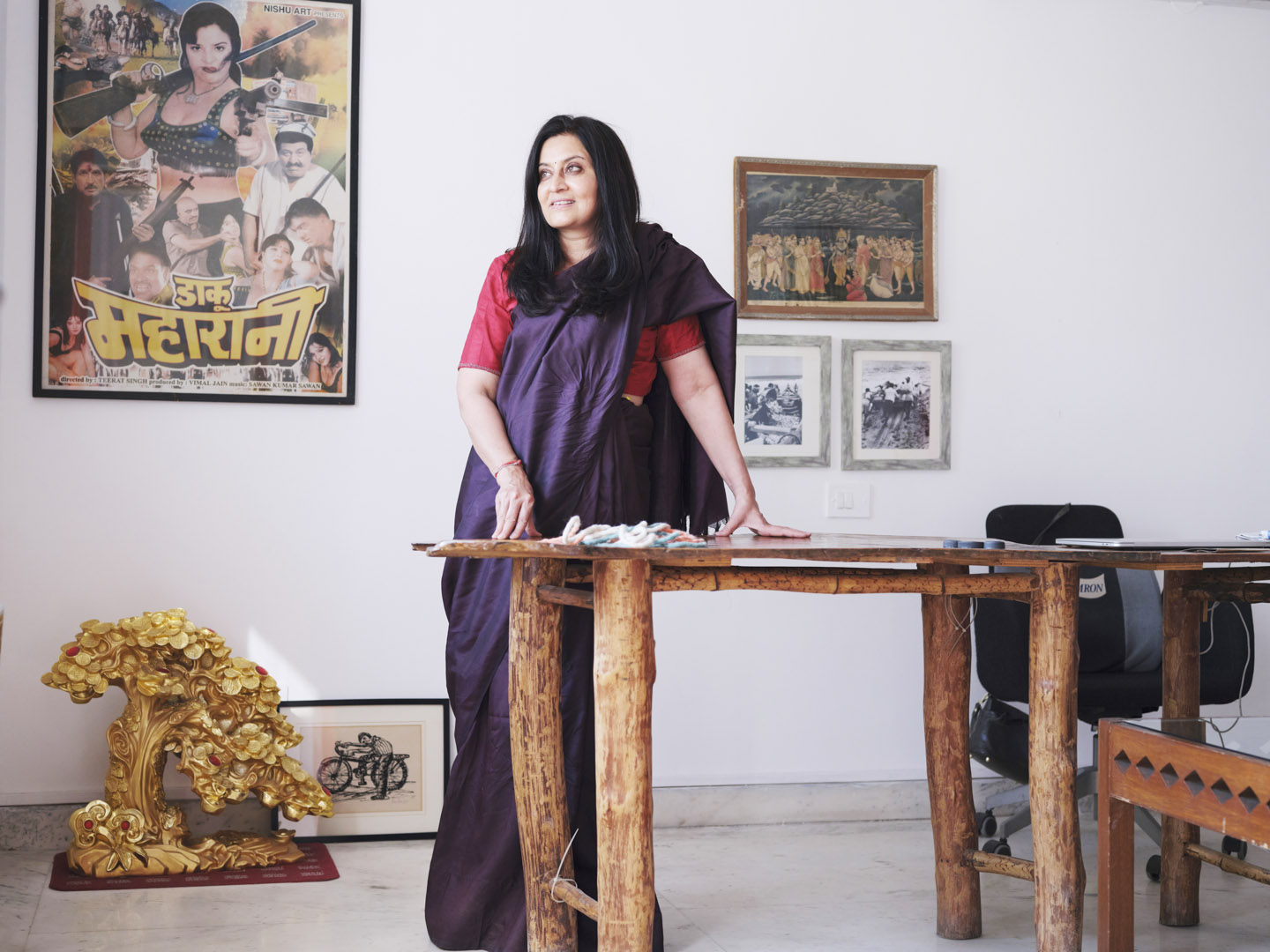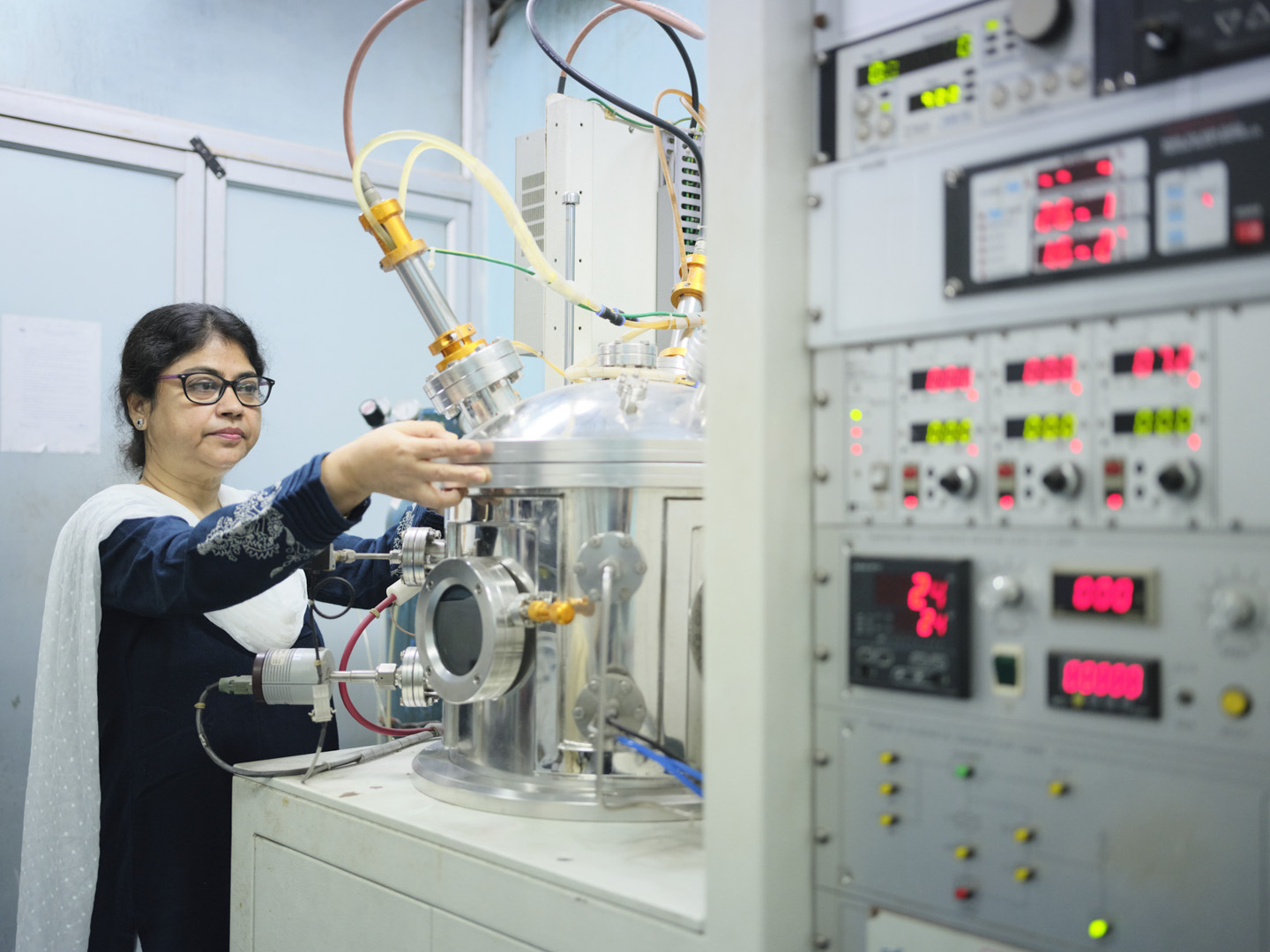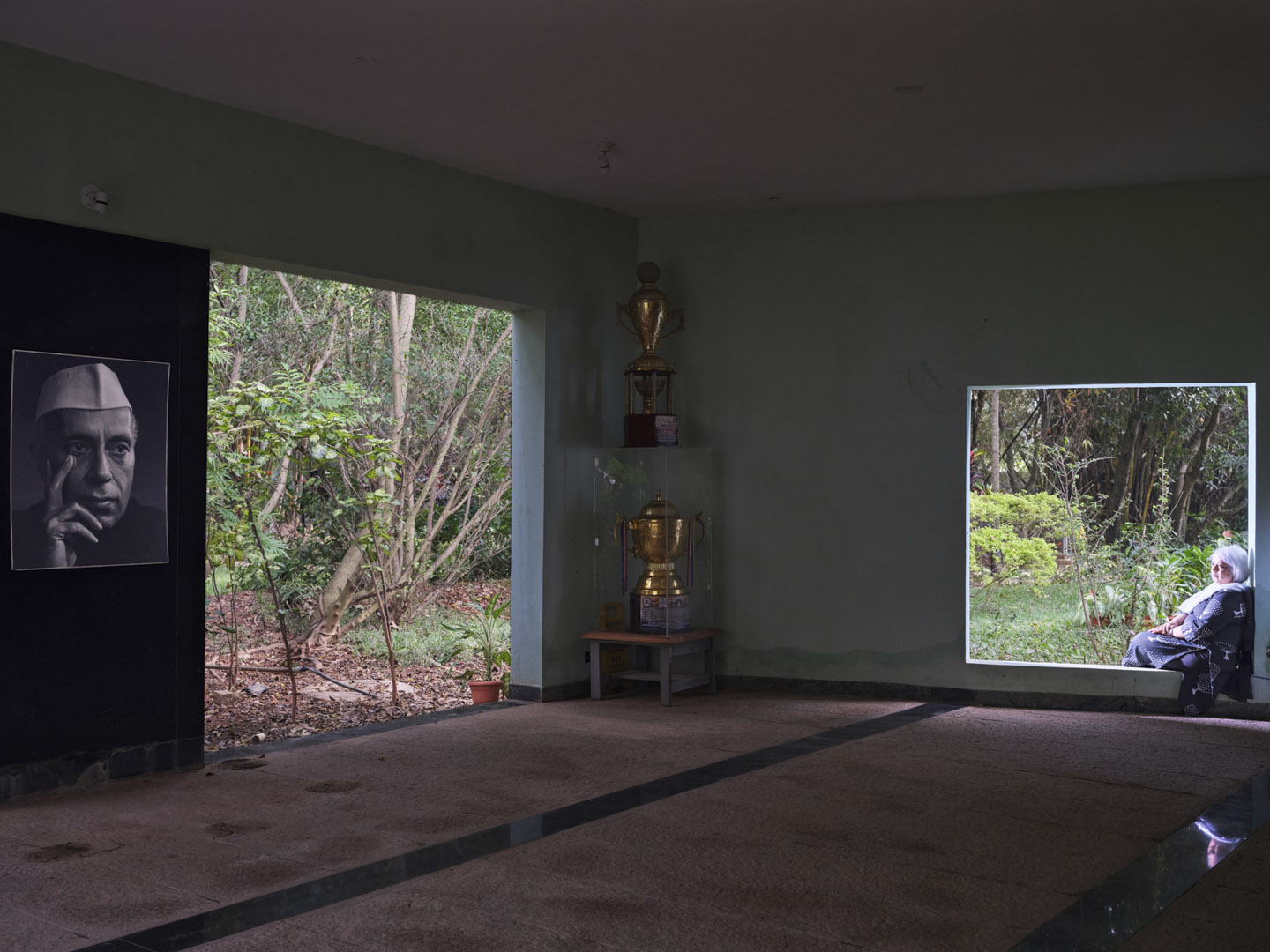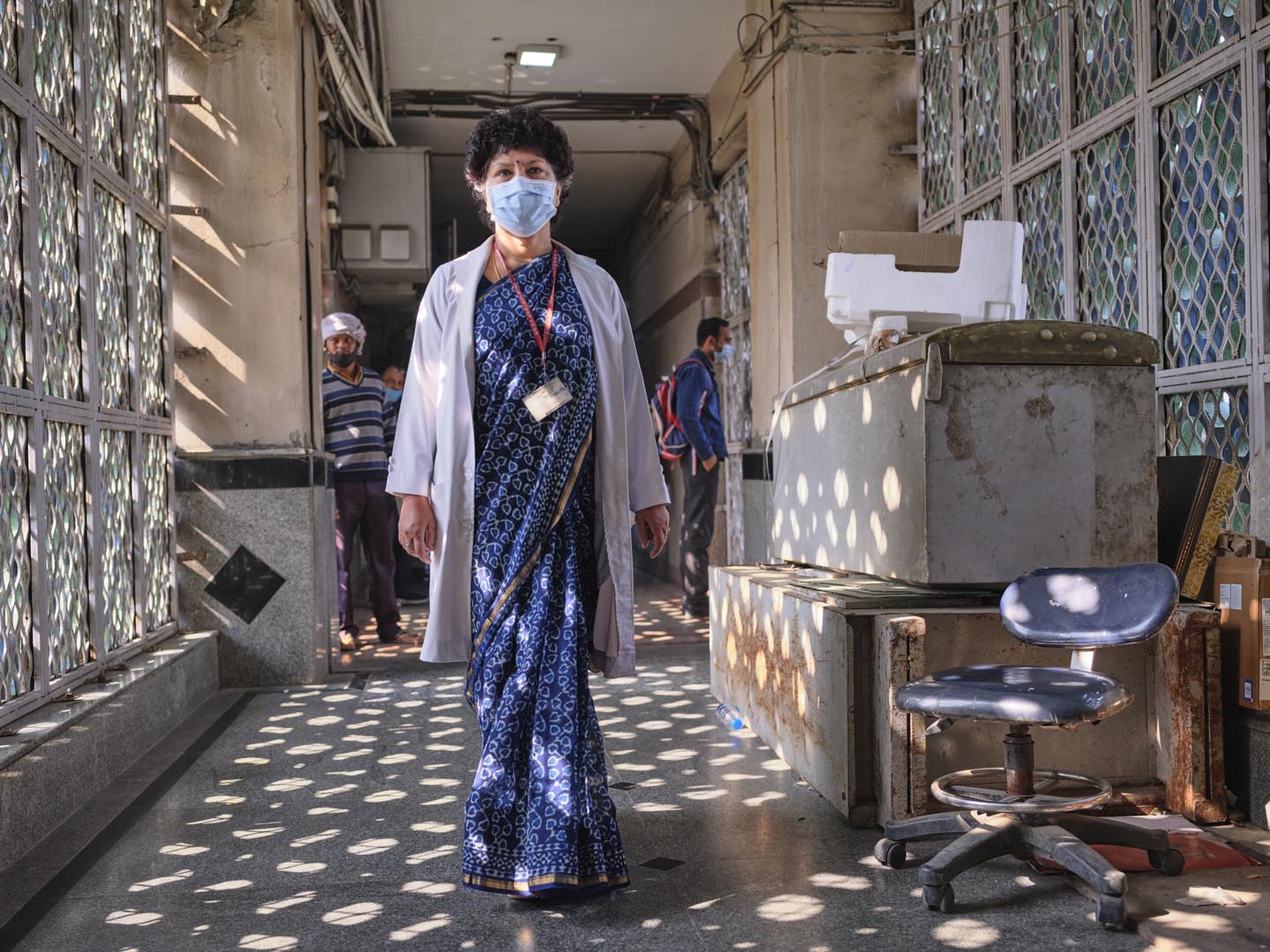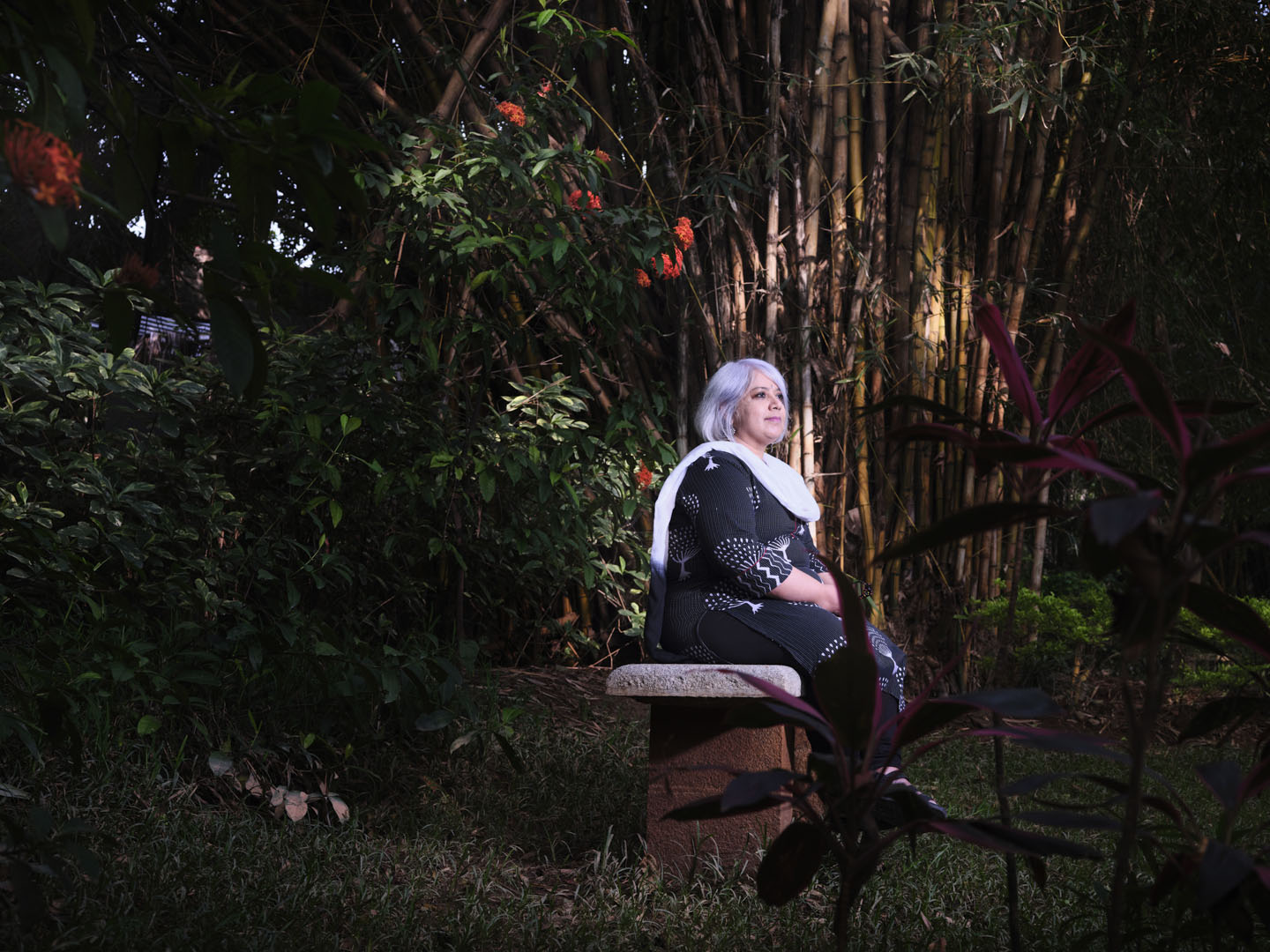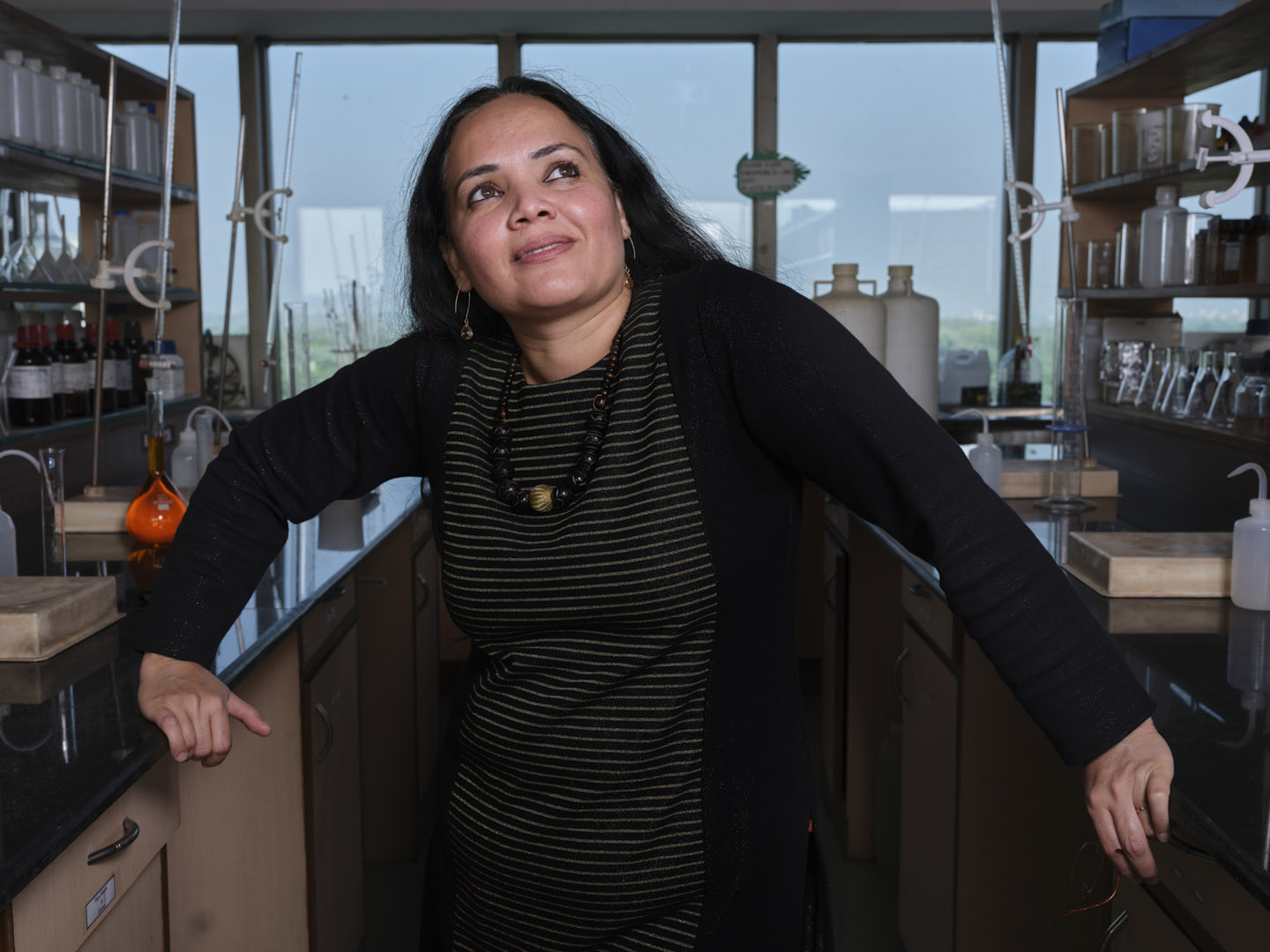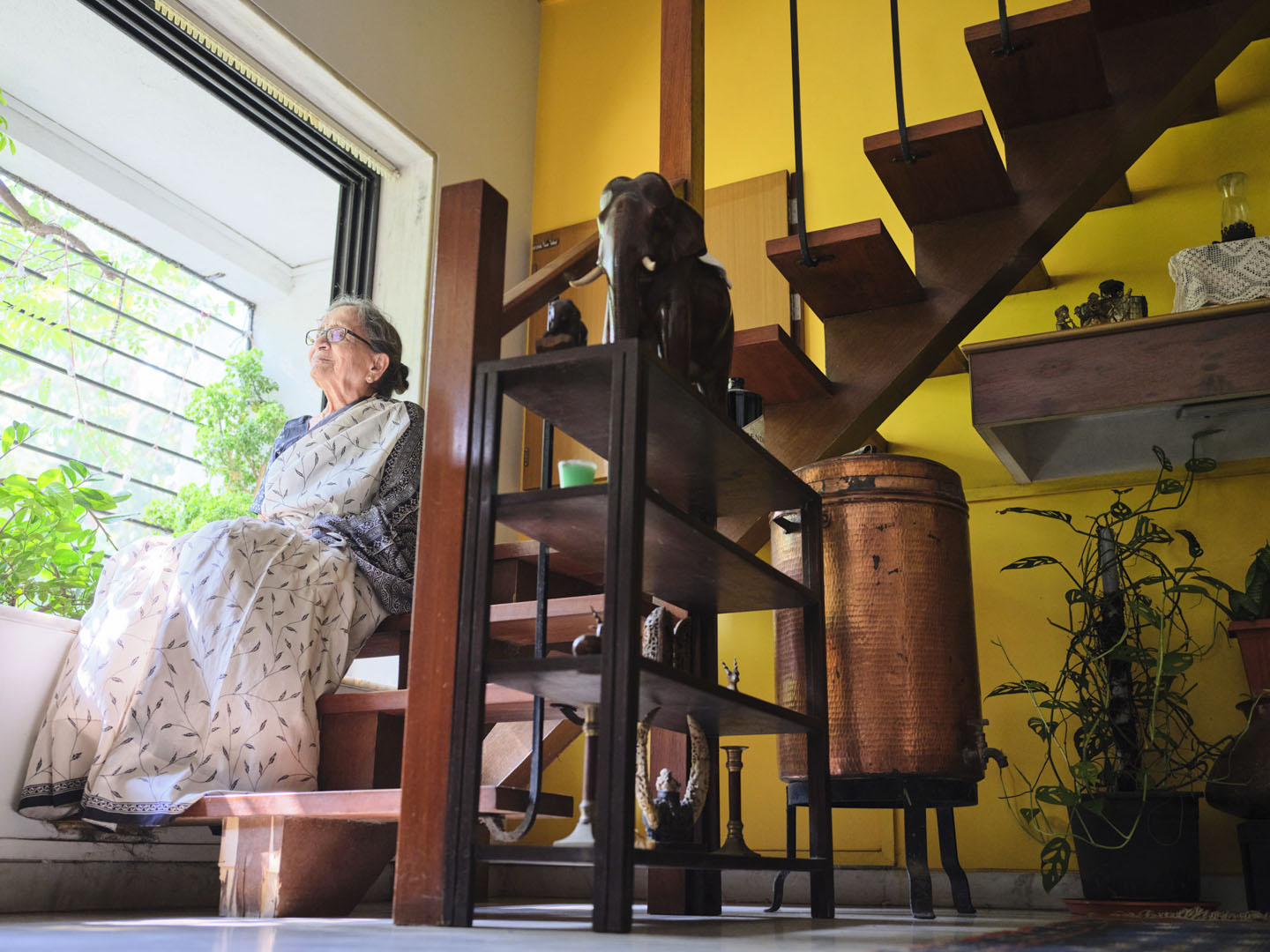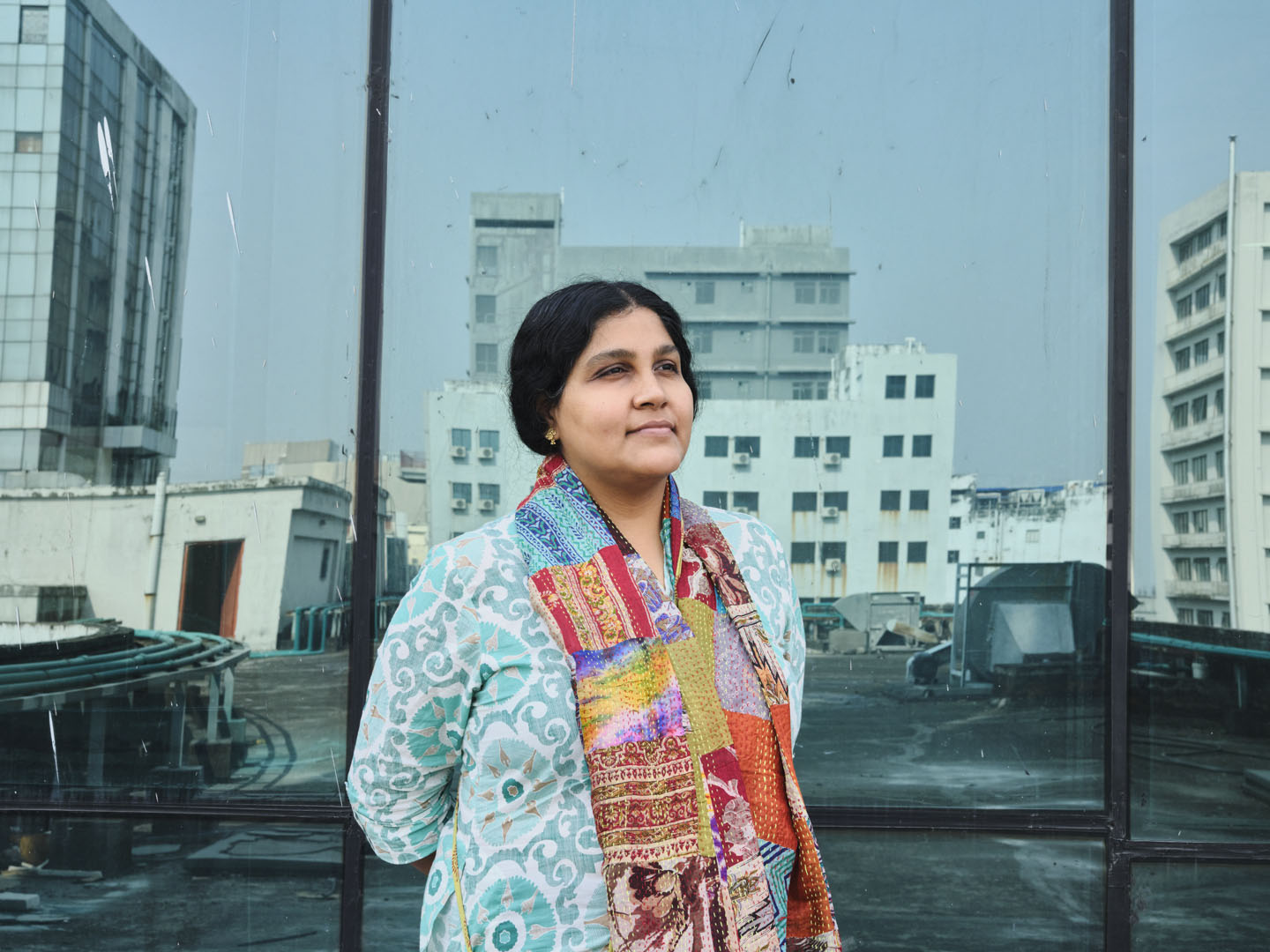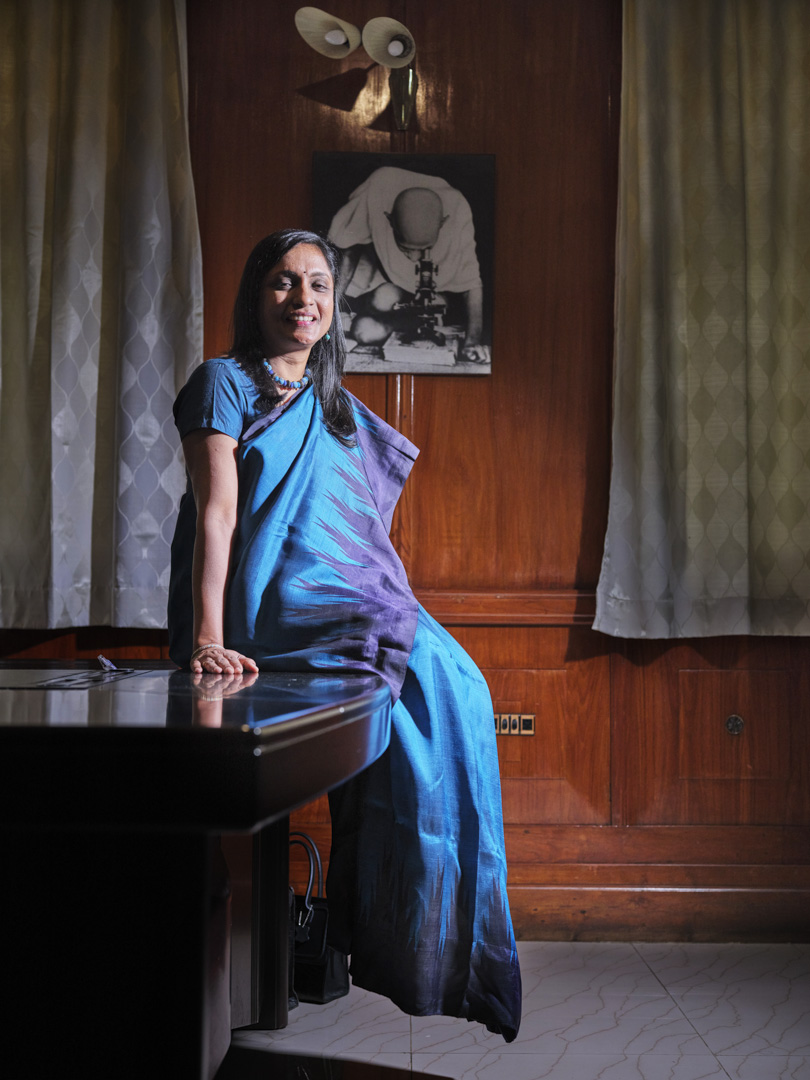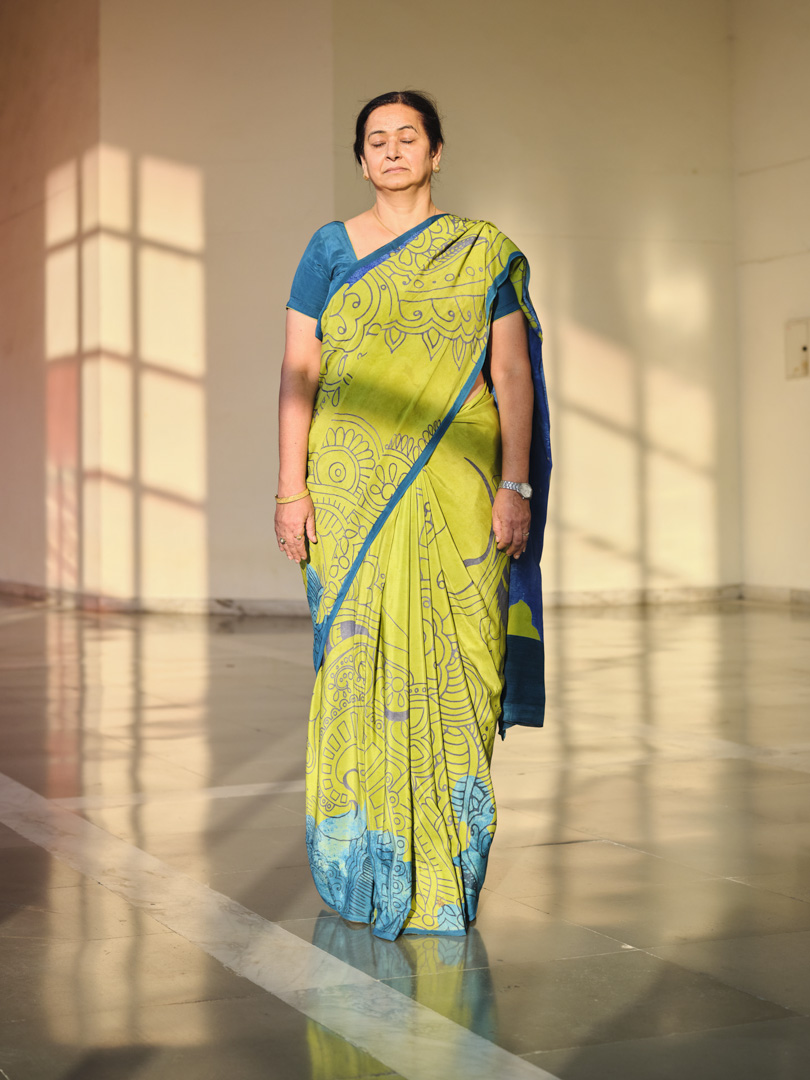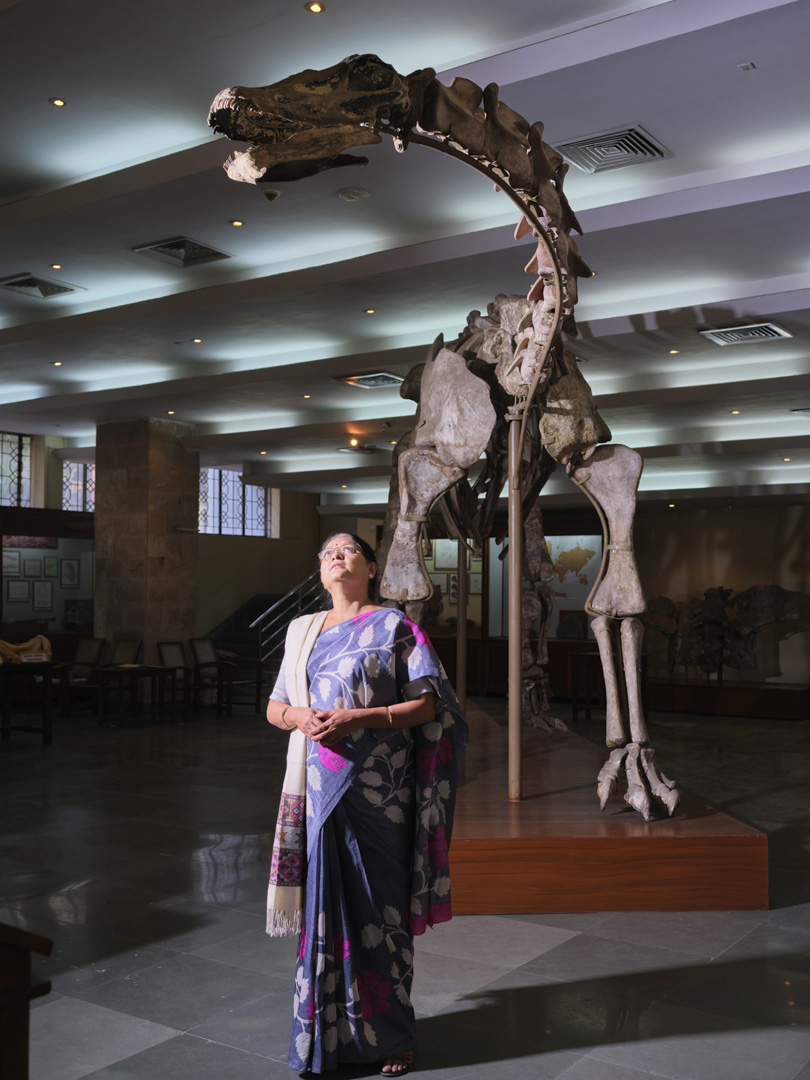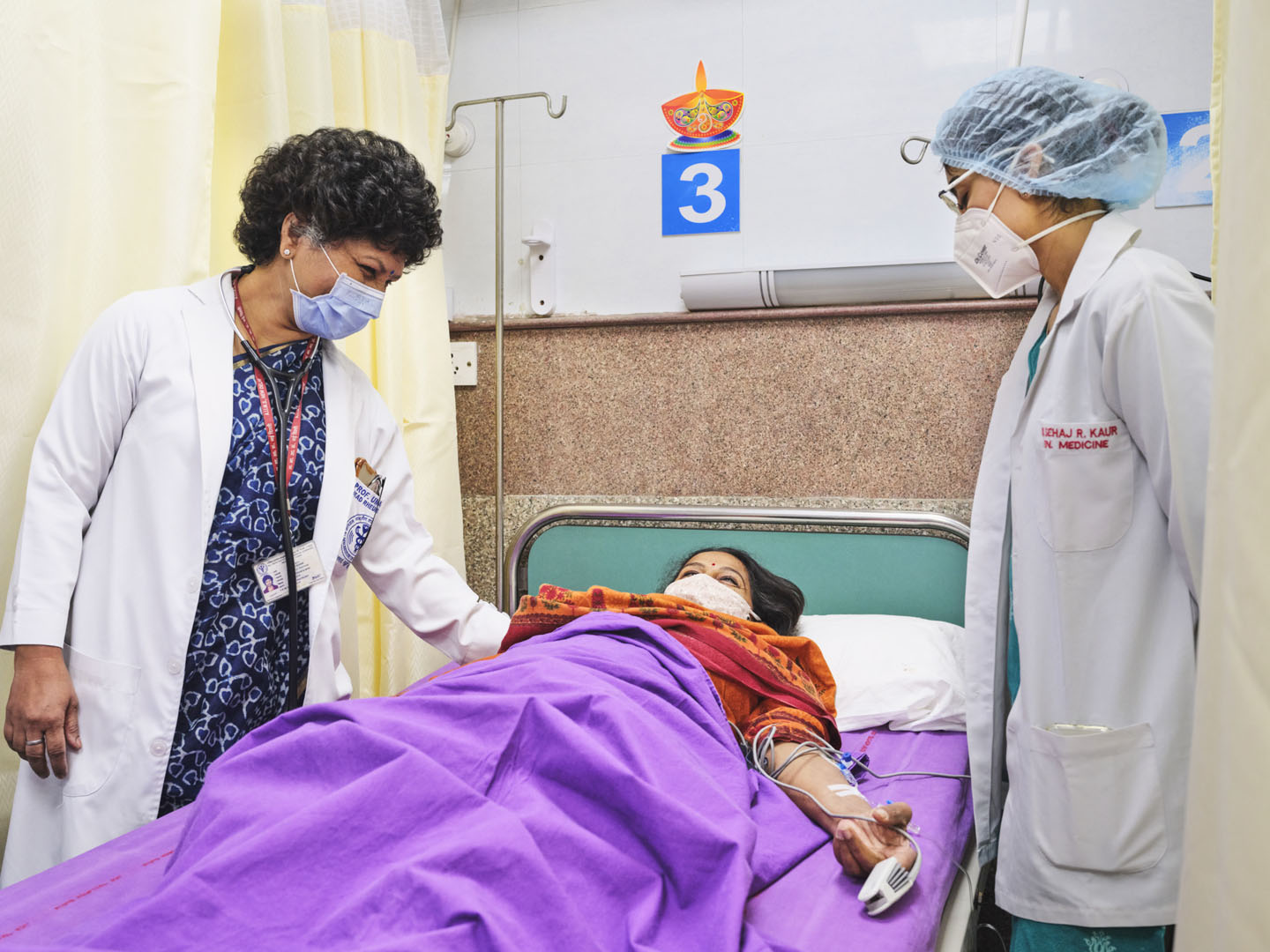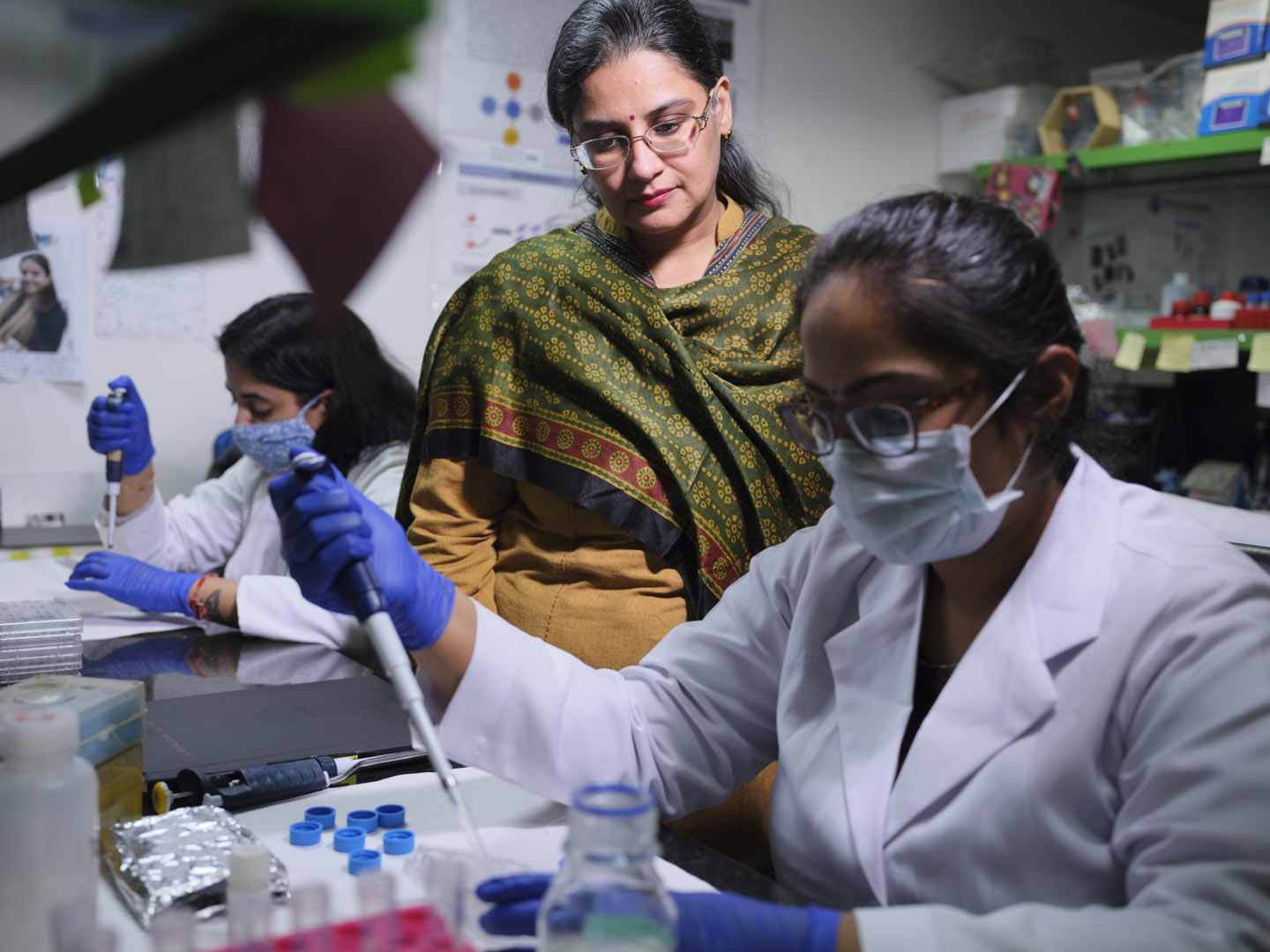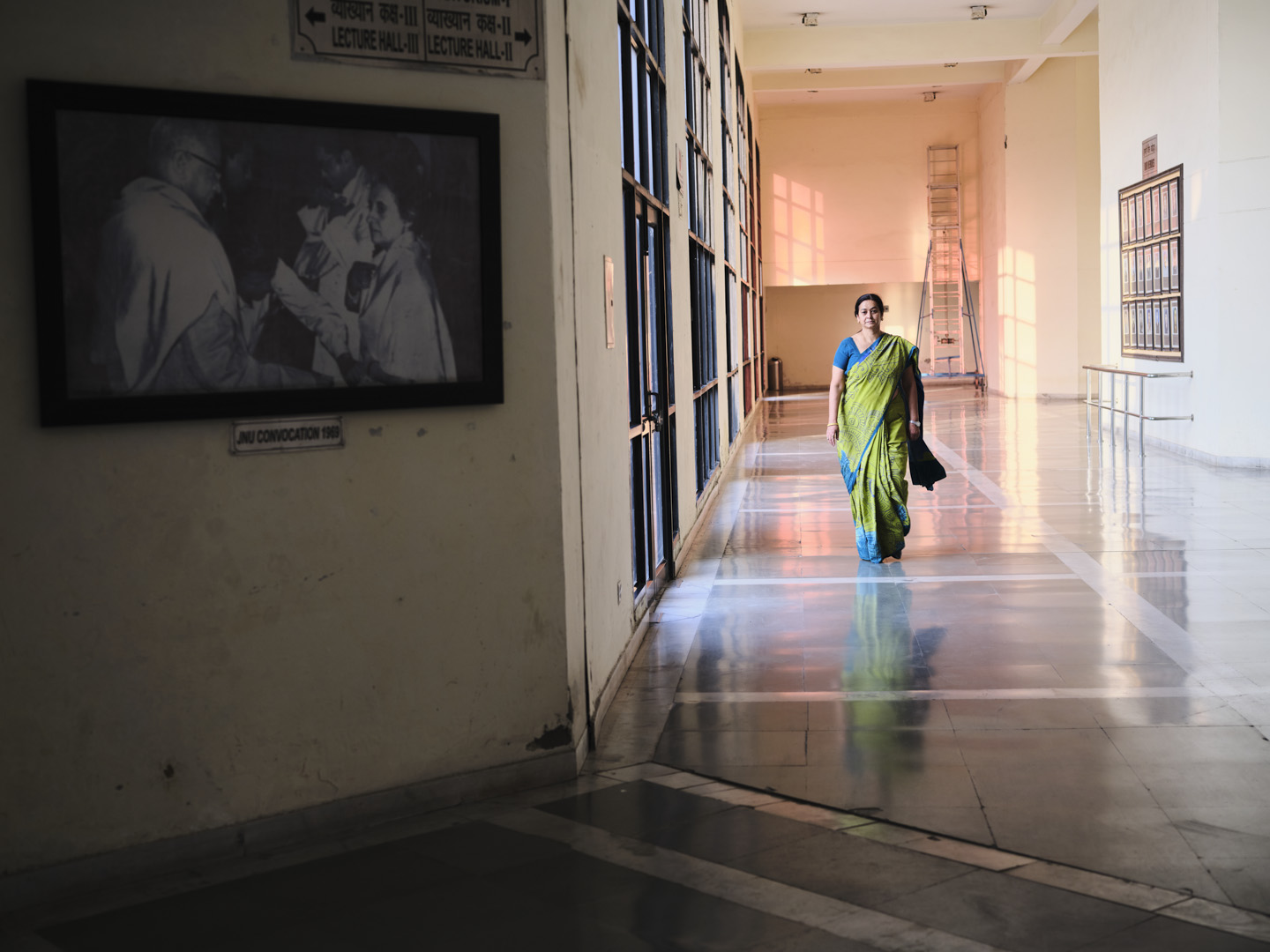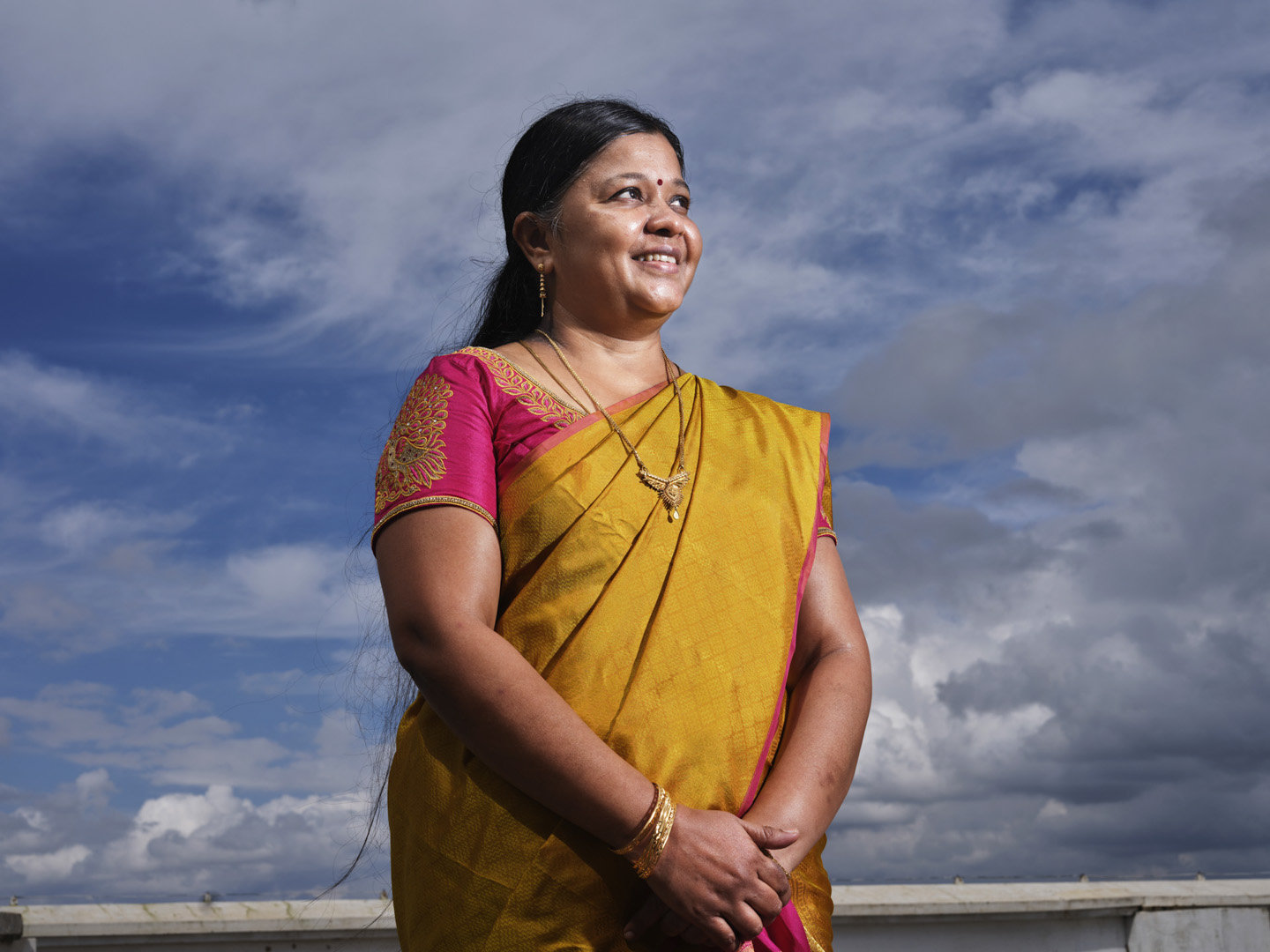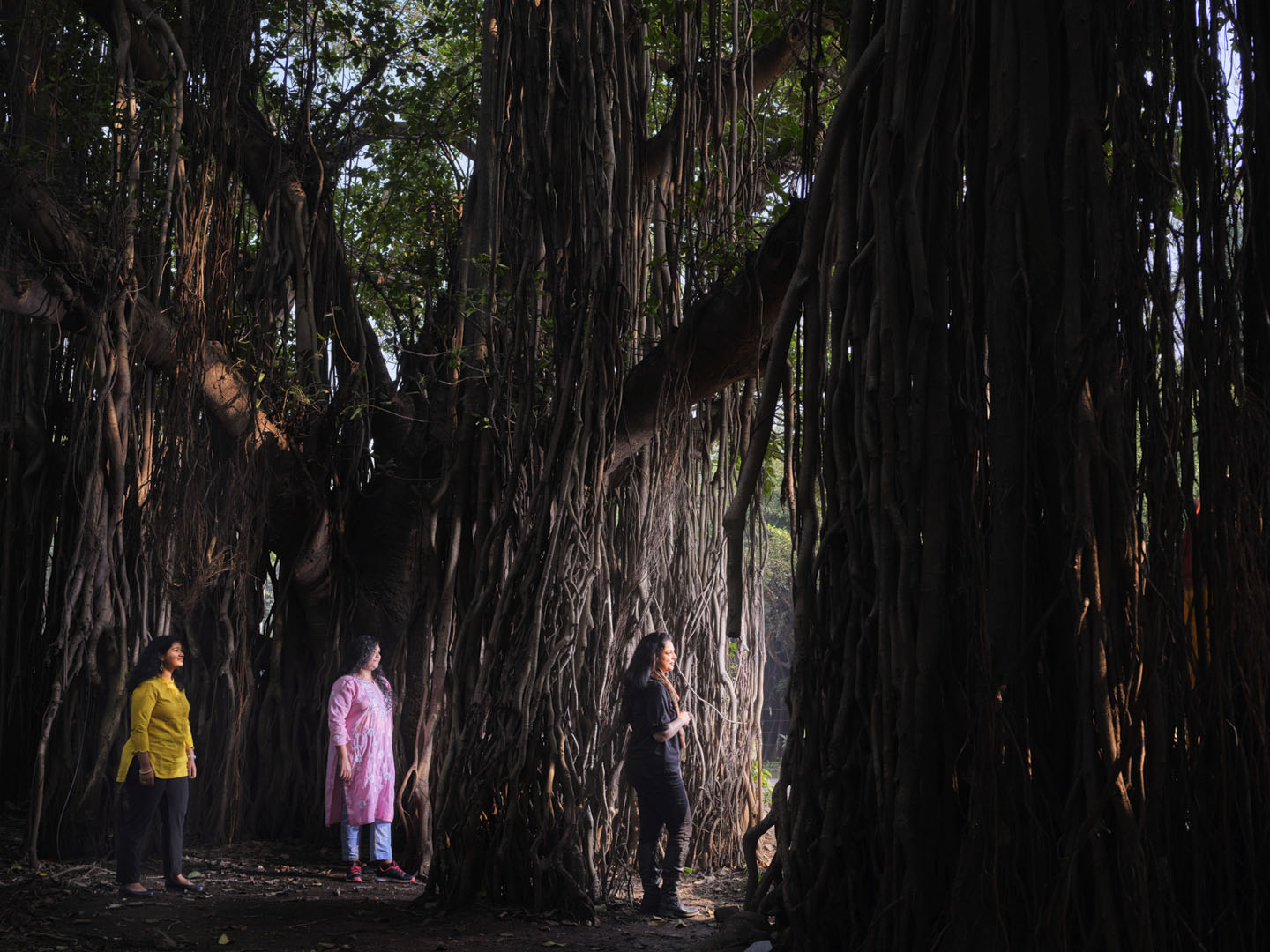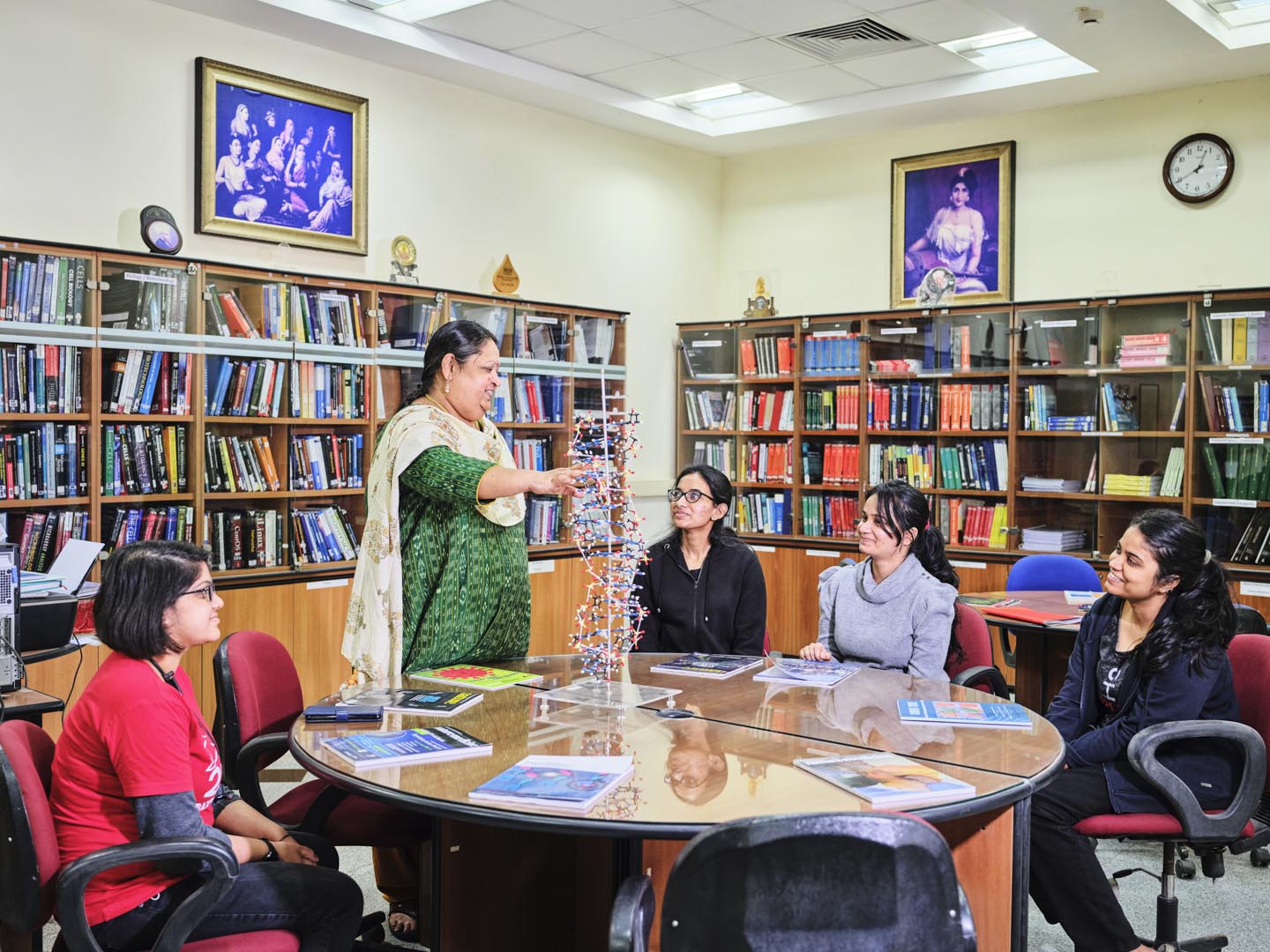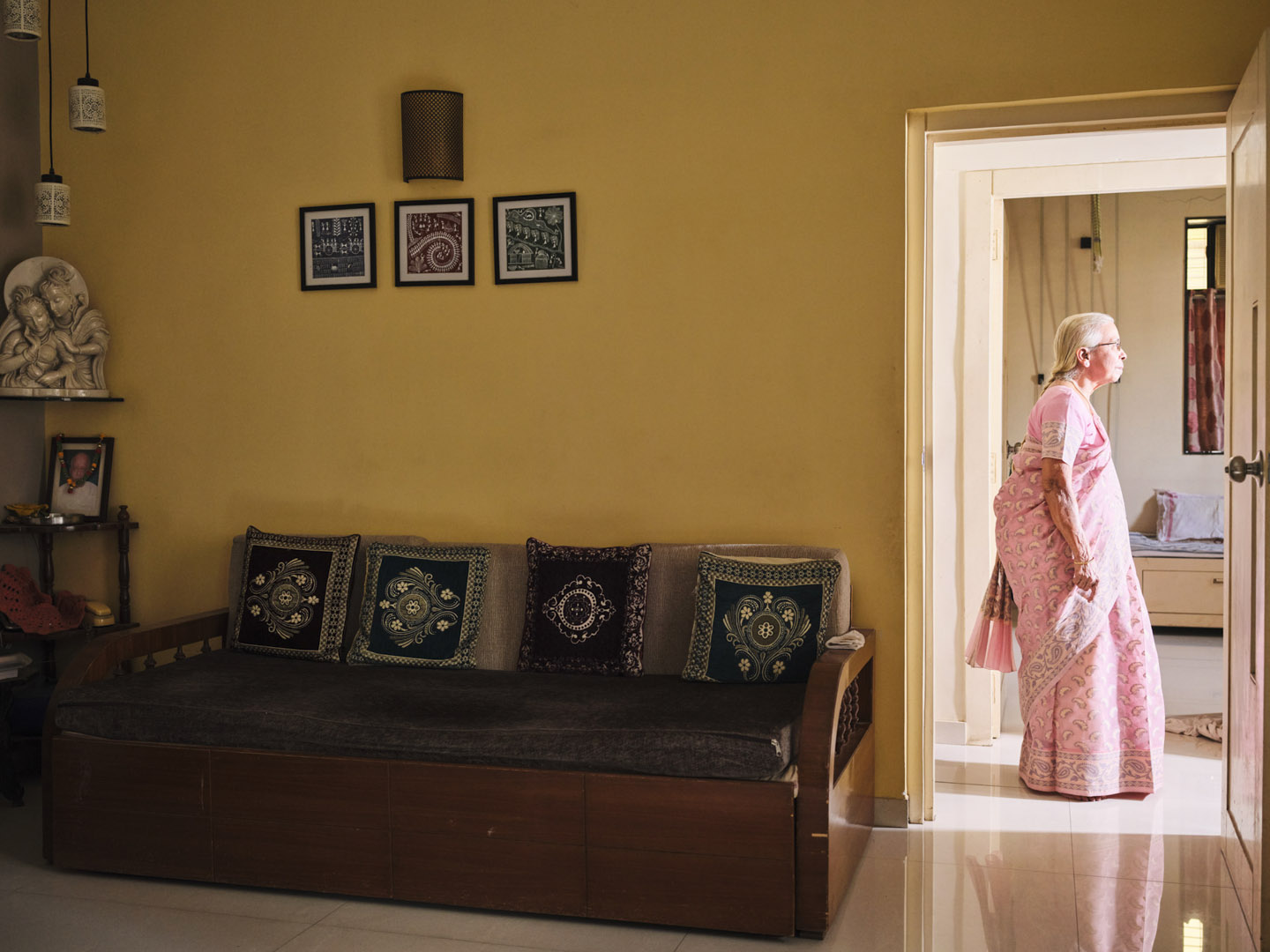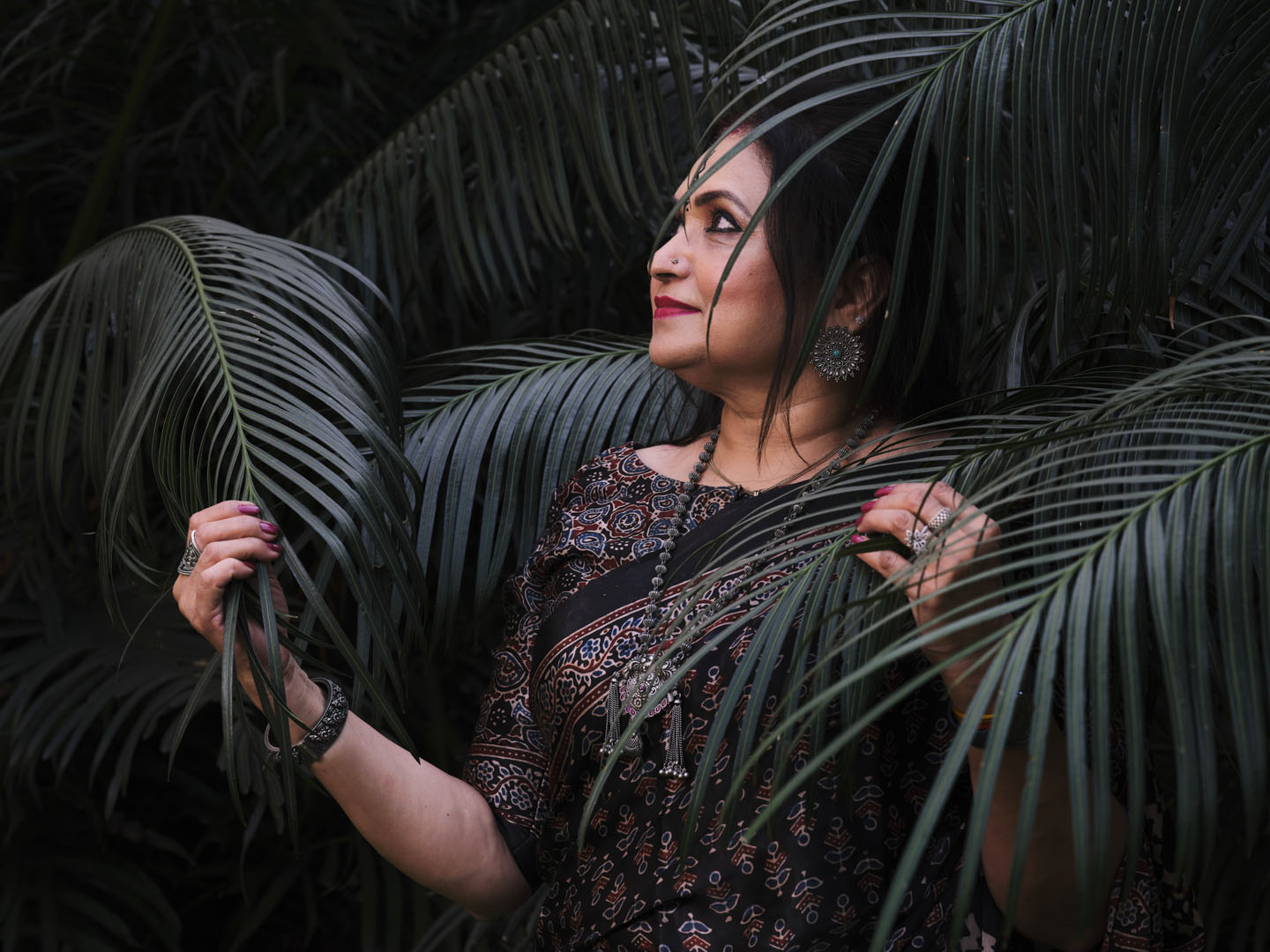Science in India: a female universe, 2023
In India, more and more women attempt at breaking the rules and at making a place for themselves in a scientific landscape where social and cultural barriers are still present. Let’s take a look at these women’s path who definitely challenge prejudices.
According to the study published by the European Commission in November 2018 “She Figures – Gender in Research and Innovation”, women represent only 14% of researchers in science and engineering in India, compared to a world average of 28%. However, for several years now, these statistics have been reversed as, according to data collected by the World Bank, and reported by Times of India, Indian women account for 43% of the workforce in science, technology, engineering and mathematics (STEM) fields in 2023, compared with 32% in France and 27% in Germany.
In order to propel their struggles forward, they share their experiences and ambitions around common bases: unions, support programmes including the promotion of women’s careers. The Indian Association of Women Scientists (IWSA), in which physicist Sunita Mahajan is involved, works on various aspects of the promotion of women in science and technology. The association aims to understand the issues related to women in science and provide solutions for their empowerment.
In a society still heavily dominated by the weight of the traditional family, these initiatives aim to create new career paths for young Indian women. This breakthrough in India paves the way for other parts of the world where many scientists are still up-and-coming. Could the future of science in India lie in their hands? How will the new generations take power in this transition? Instilling the ambition of a scientific career is clearly the promise of a better consideration of women’s place.
“There is no job for the man or the woman! There are jobs for everyone. This mentality will disappear. This is a transition period.” – Sanghamitra Bandyopadhy, Director, Indian Statistics Institute.
“In India, I always advocate for equal treatment of sons and daughters-in-law. Nowadays, many parents want to treat their children equally, but in reality, the way they view their sons and daughters-in-law differs.” – Prof. Rama Govindarajan, a specialist in the field of fluid dynamics and turbulence at TIFR – ICTS, Bangalore.
